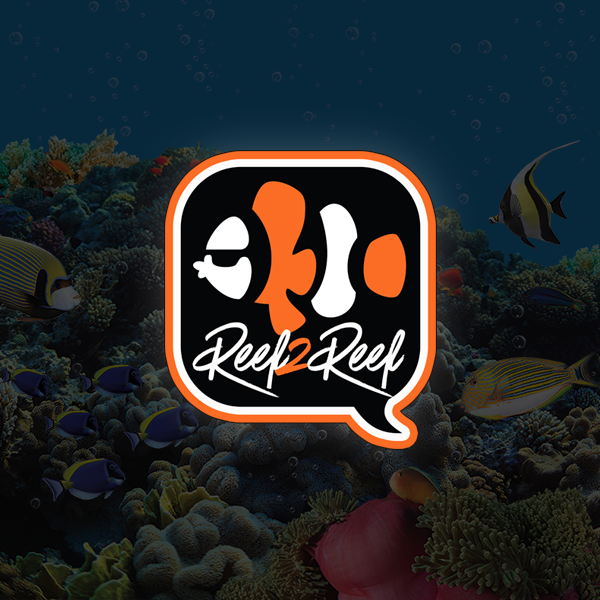Information on an pertaining to the Feather Star (Crinoidea)
*I would like to disclose I have never kept this species and this is based on pure research
Quick Facts
Level: Advanced
Water Flow: High
PH: 8.1-8.4
Temperature: 72-78 F.
Specific Gravity: 1.023-1.025
Size: 14"
Reef Safe: yes
Feeding
Tank Setup
*I would like to disclose I have never kept this species and this is based on pure research
Quick Facts
Level: Advanced
Water Flow: High
PH: 8.1-8.4
Temperature: 72-78 F.
Specific Gravity: 1.023-1.025
Size: 14"
Reef Safe: yes
Feeding
This species is a filter feeder that feeds on platonic foods, mainly zooplankton of a size of 400 μ. Similar to the crowns of Feather Dusters, the Feather Star uses its arms to capture food in the water column and move it towards its mouth. In the home aquarium it would be best to run a tank with excess phyto and zooplankton.
Tank Setup
This species comes from fast and shallow waters, where they swim to the water and hang on to sea fans, rocks, plants, etc. In the home aquarium you want to dedicated a large tank where there are plenty of objects to grab onto. Due to the fast waters that sea feathers require, the home aquarium should have high flow and it is highly recommended to run a surge system on your tank.
It should also be noted that due to their exploratory nature and their attraction to high flow, all intakes and power heads should be covered.
Introducing to the tankIt should also be noted that due to their exploratory nature and their attraction to high flow, all intakes and power heads should be covered.
As with all inverts, it is best to use the drip acclimation method over a period of two or more hours.
Sensitivities
Like all inverts, these creatures are sensitive to copper and it should be avoided in the tank. This species is also highly sensitive to nitrates so the tank they are going into should be mature with little to no traces.
Signs of Stress
When a Feather Star is stressed or harassed, the will drop their arms; while these will regrow in nature, this rarely occurs in captivity and should be avoided at all costs. If your star starts to lose its arms, it is advised to check parameters immediately. If all parameters are in check then increase feedings as it could also be a sign of starvation. When all arms are lost, the star will become unable to feed and starve to death.
Breeding
Feather Stars breed by releasing sperm/eggs into the water column. 35 hours after the eggs are fertilized, they turn into a larva state. After 4-13 days (with ~5 being the most common) the larva sink to the substrate and take on the form of a feather star
Recommendations
- Due to their fragility, I recommend you use a cup to transfer your star instead of a net or your hand
- Due to the need of constant food in the water column, I recommend the limitation, if not removal, of mechanical filtration
The Feather Star has one opening on their top which plays the role of a mouth and an anus





















